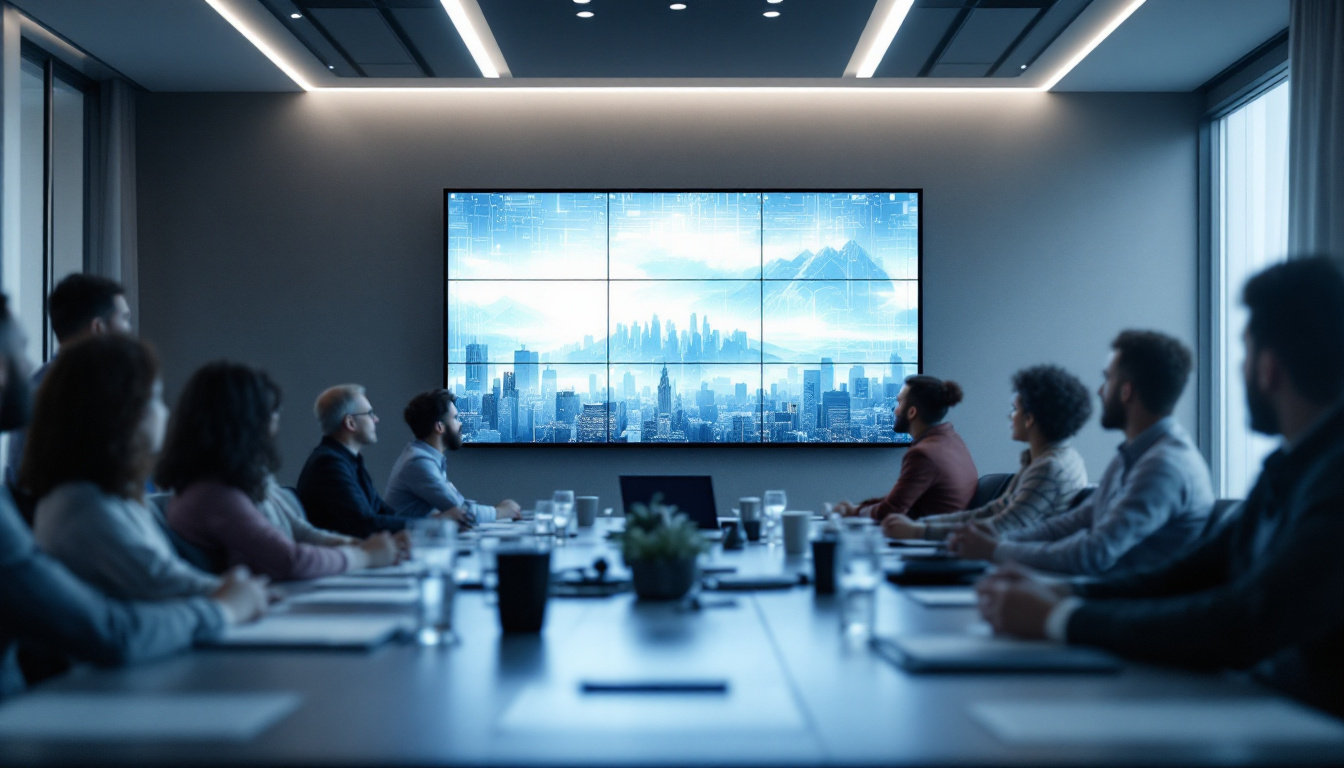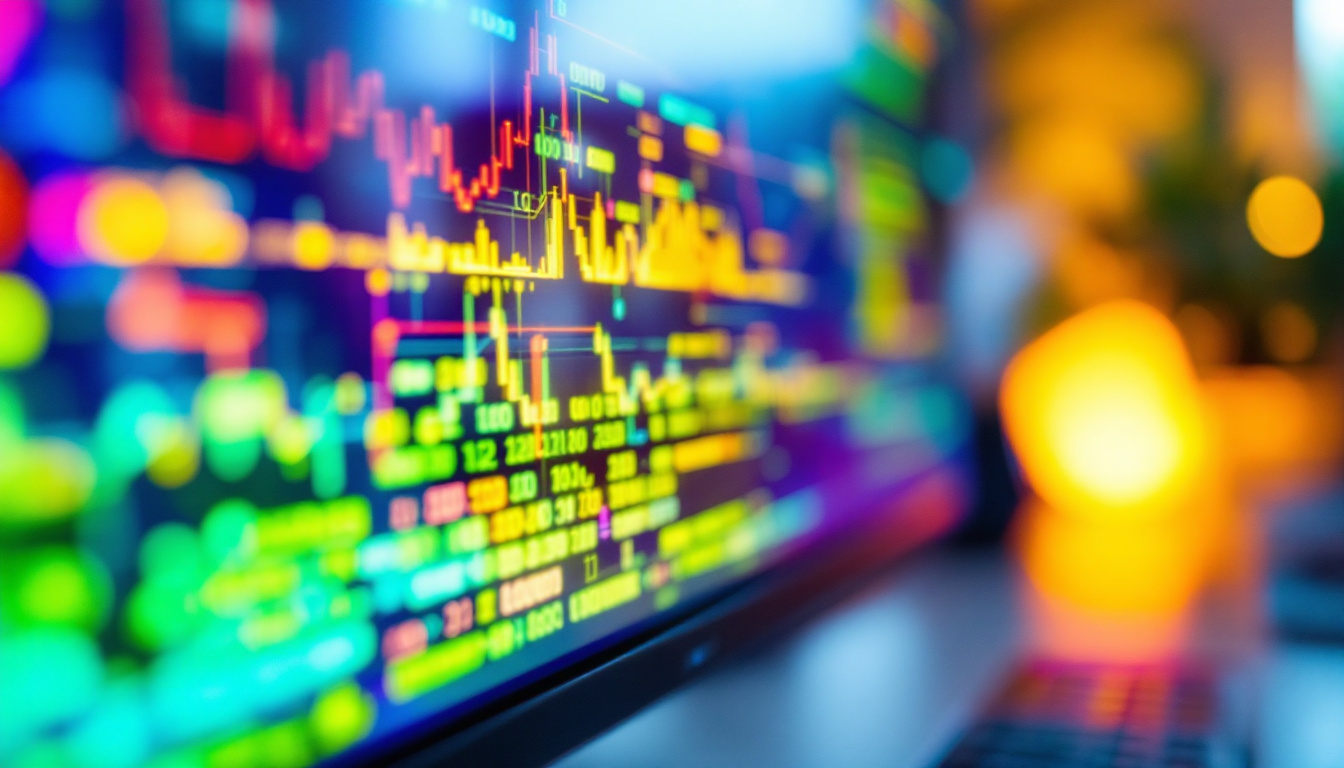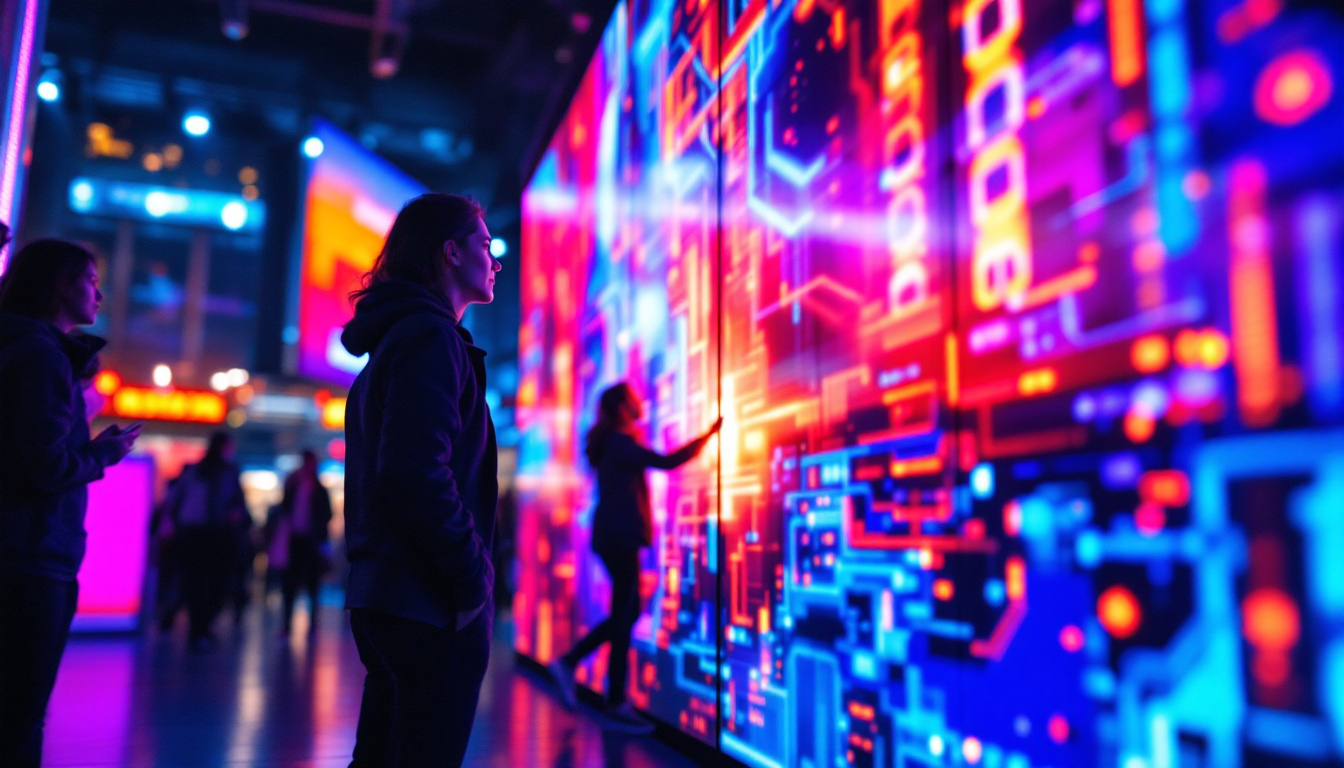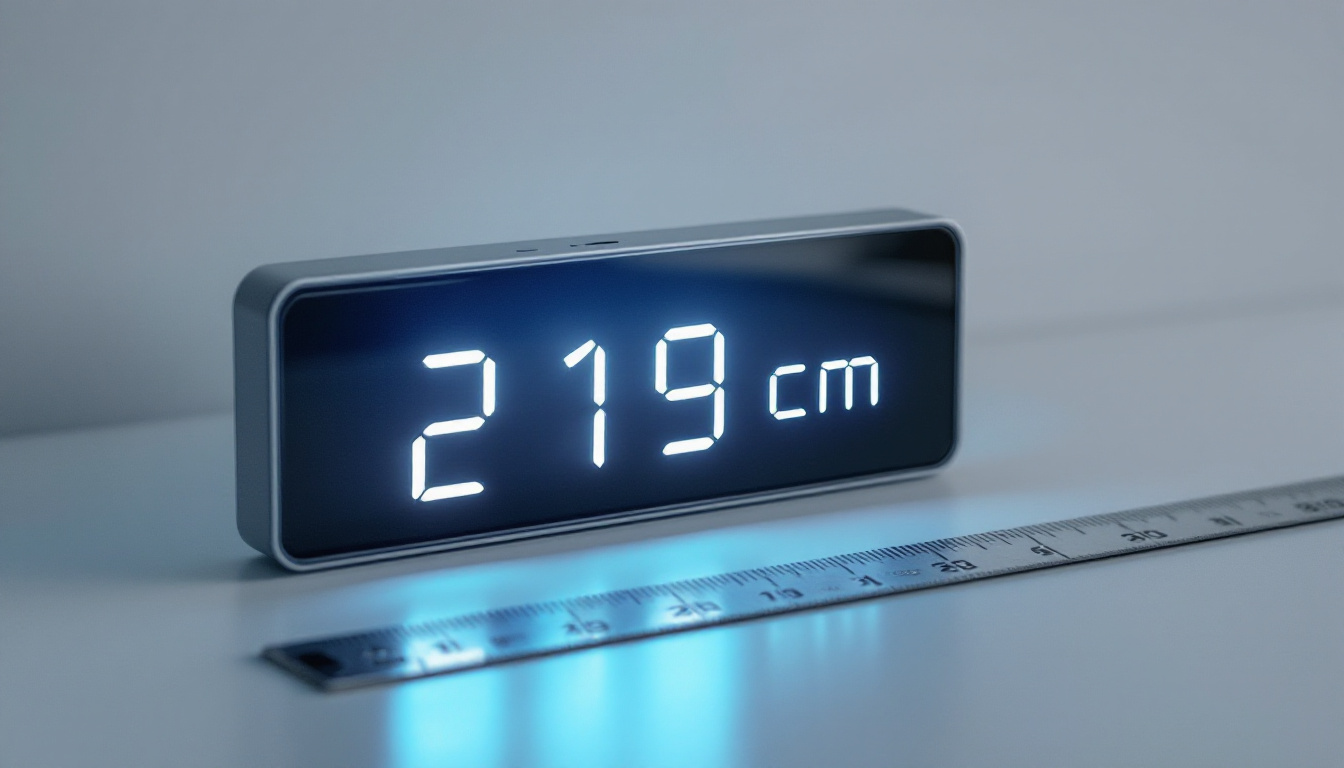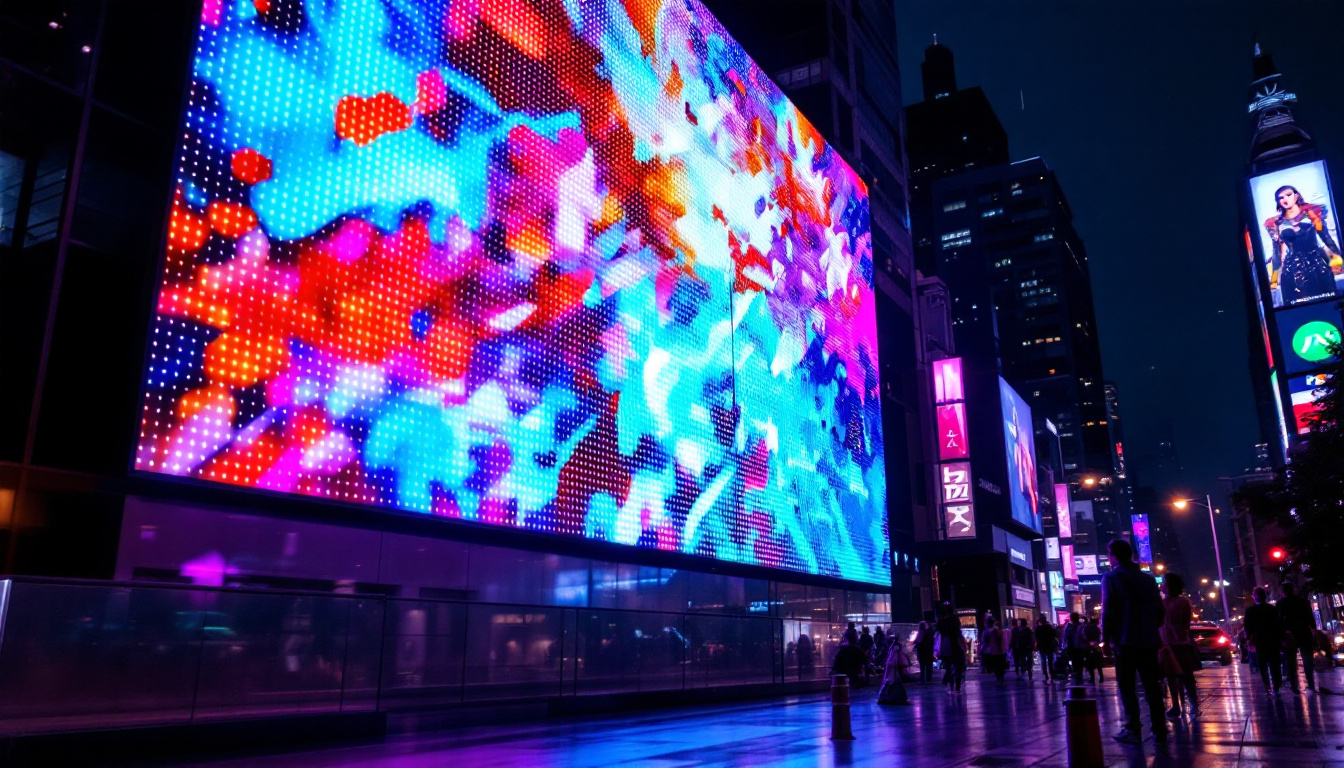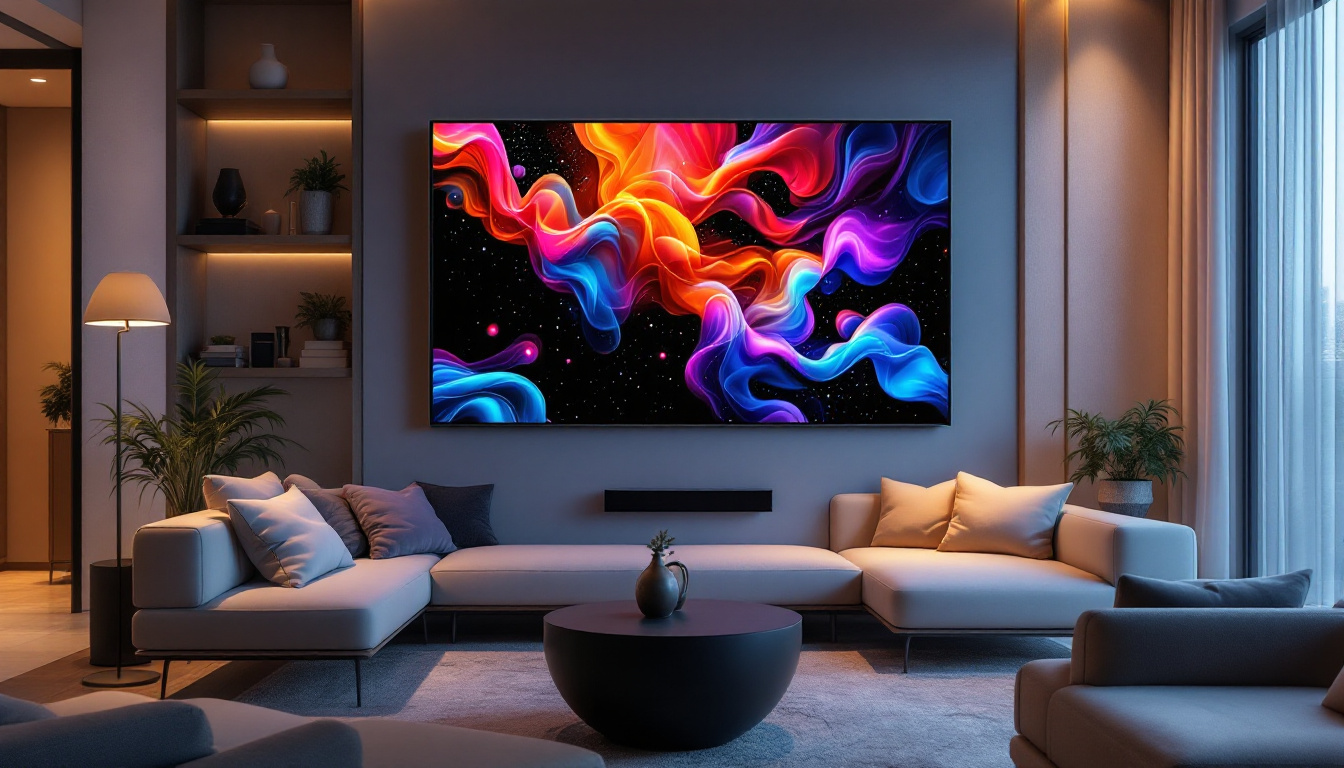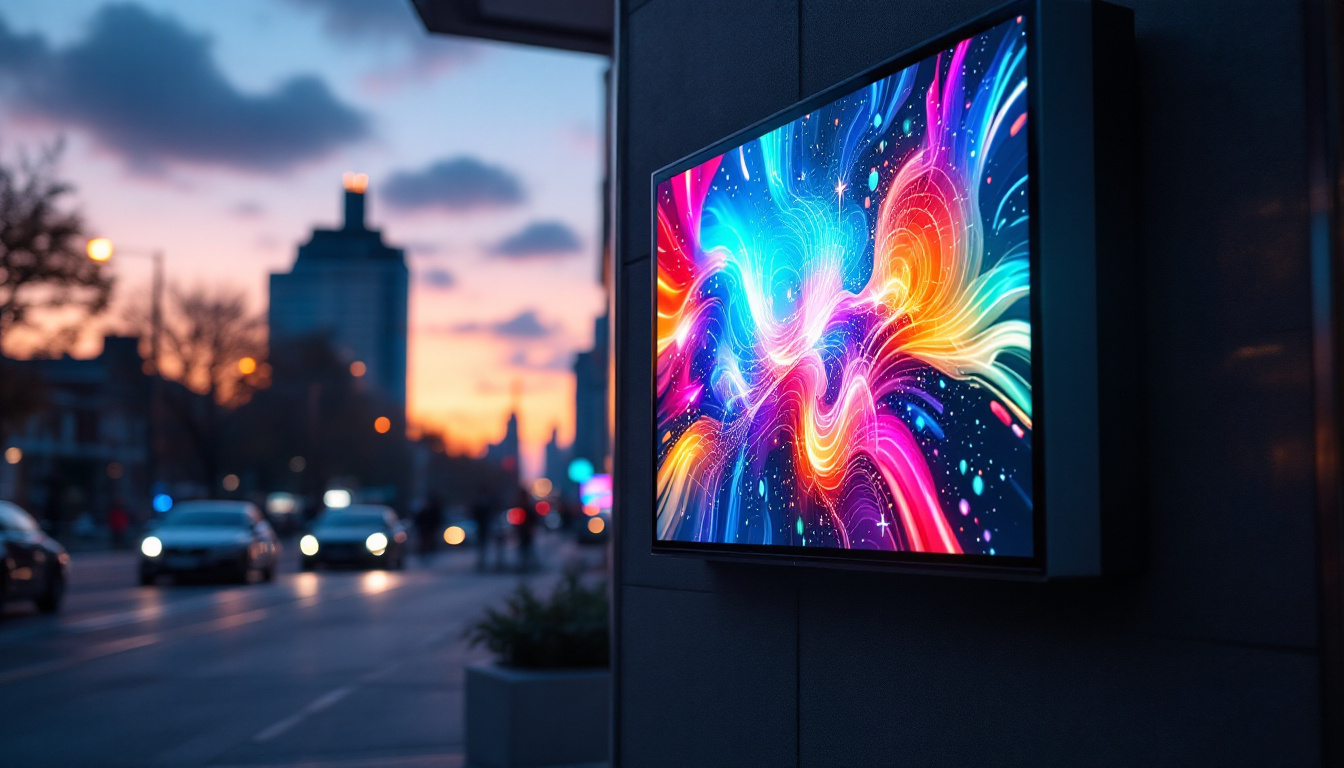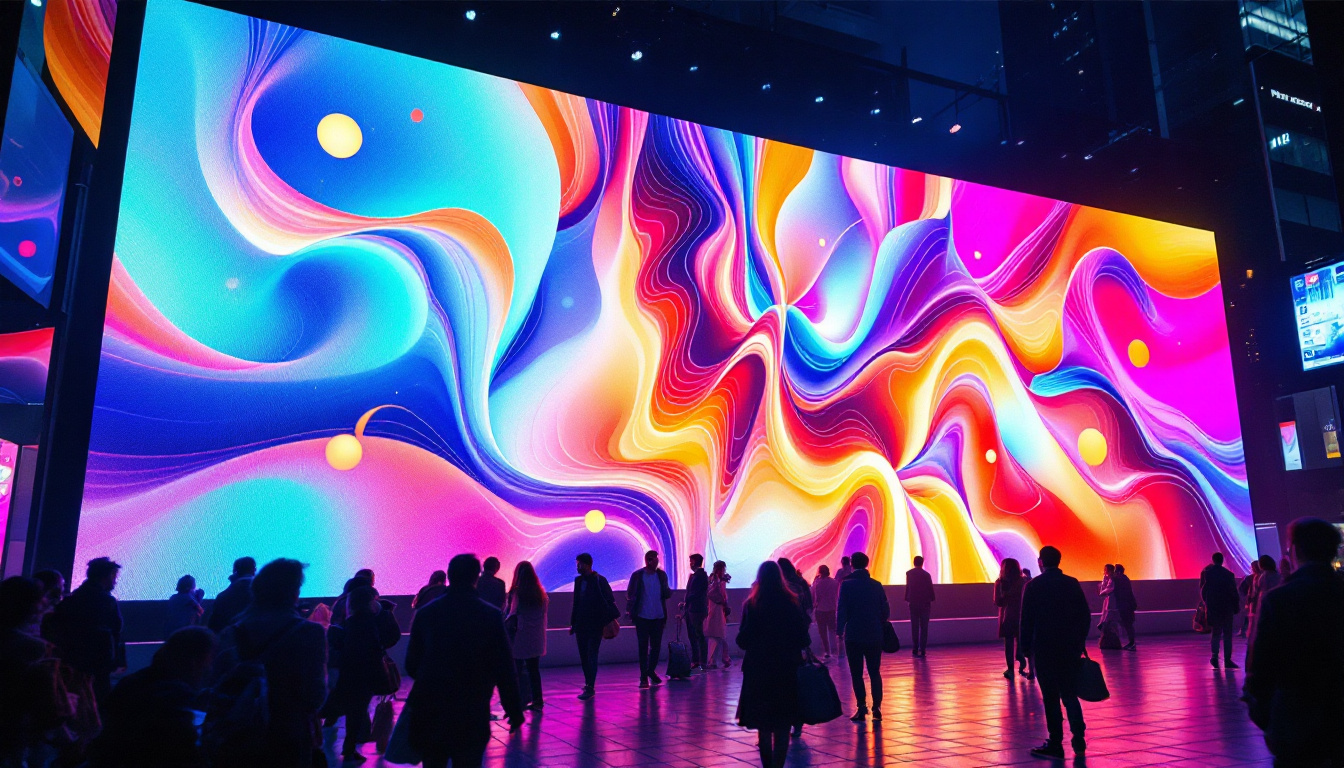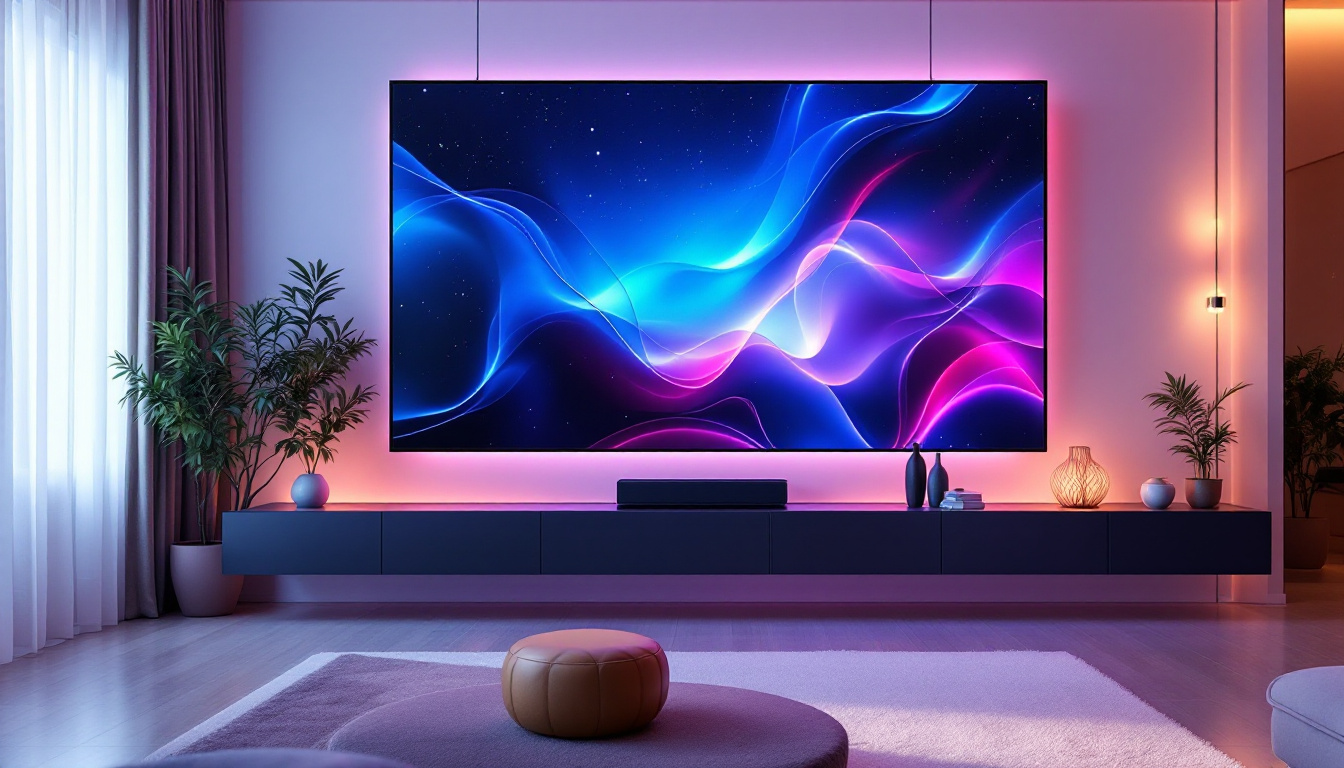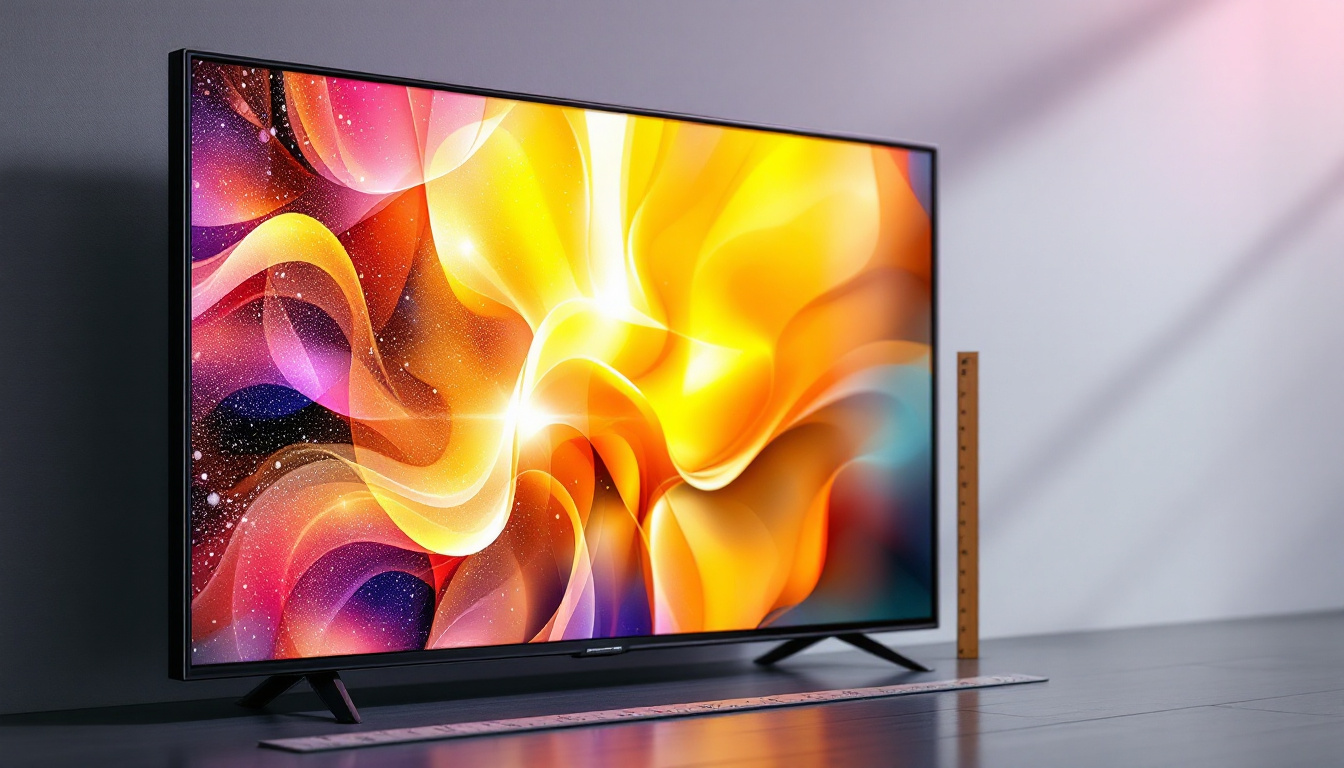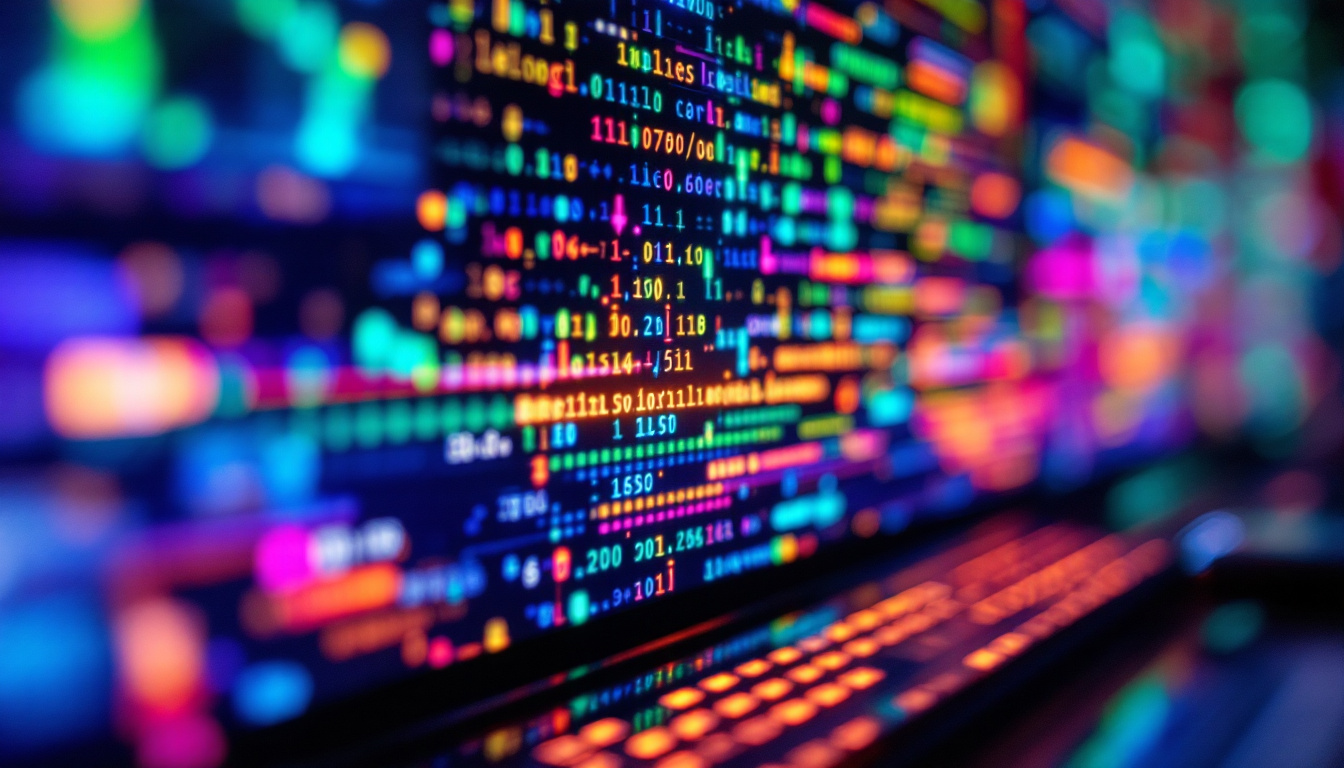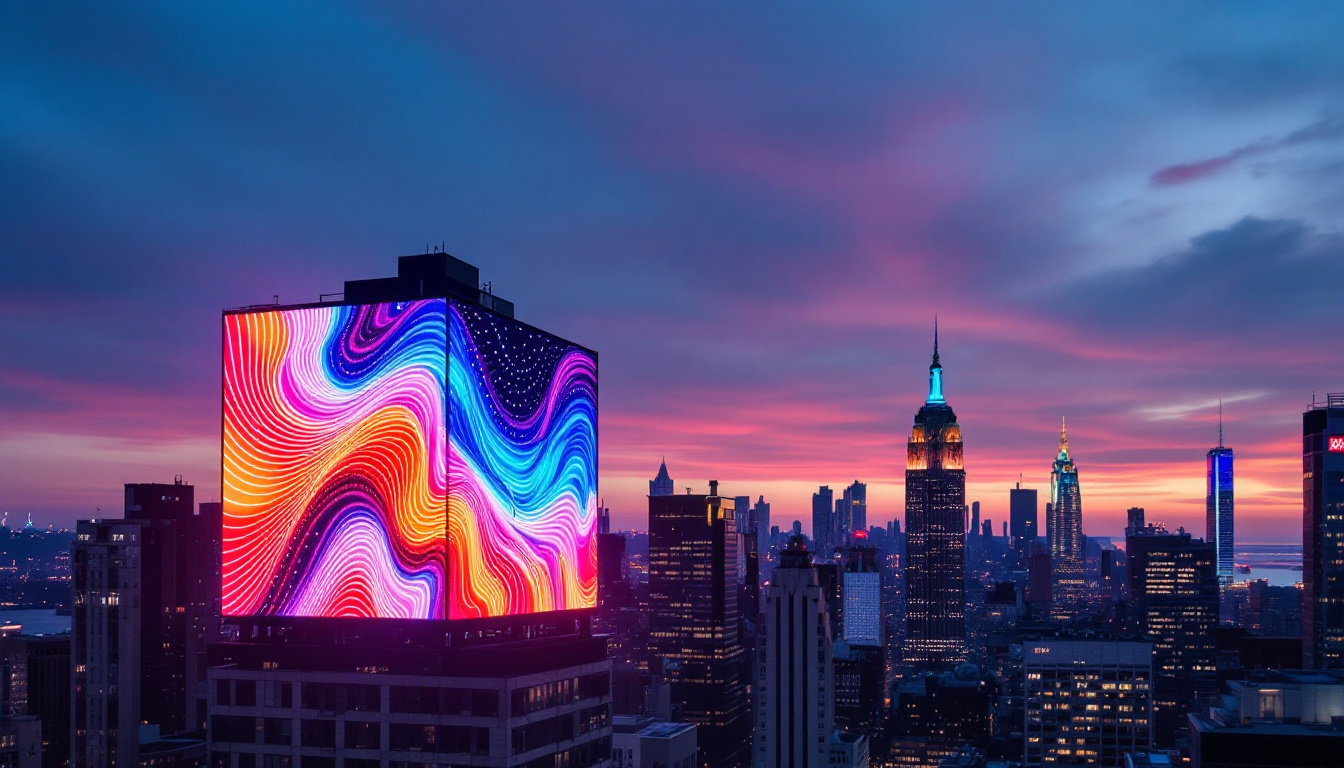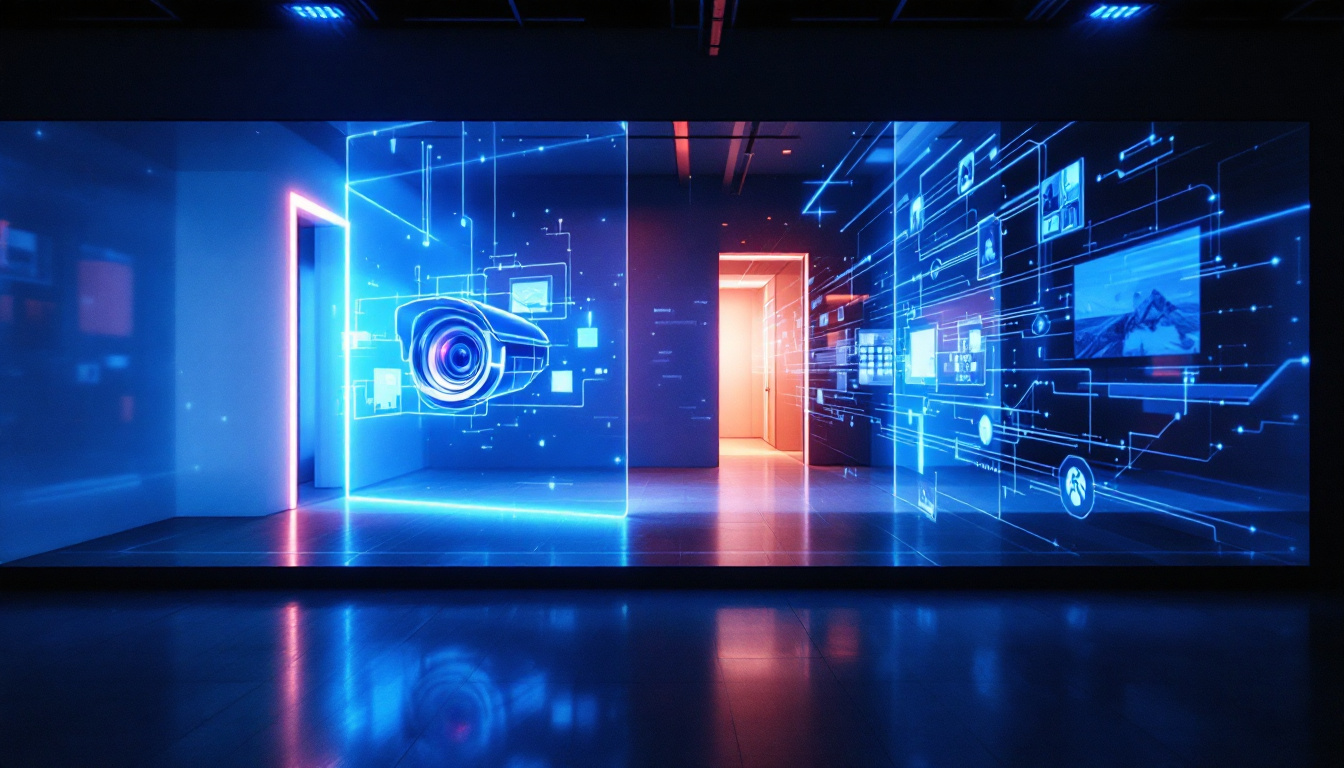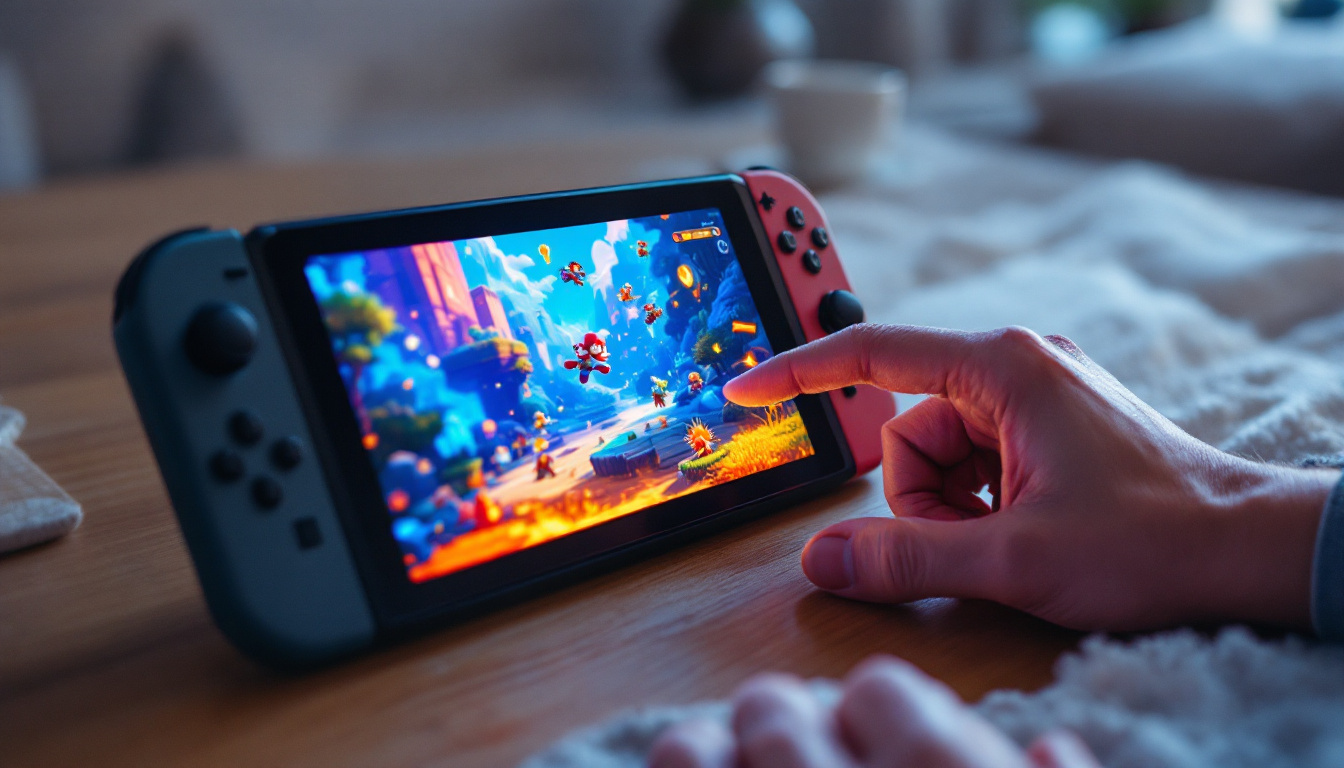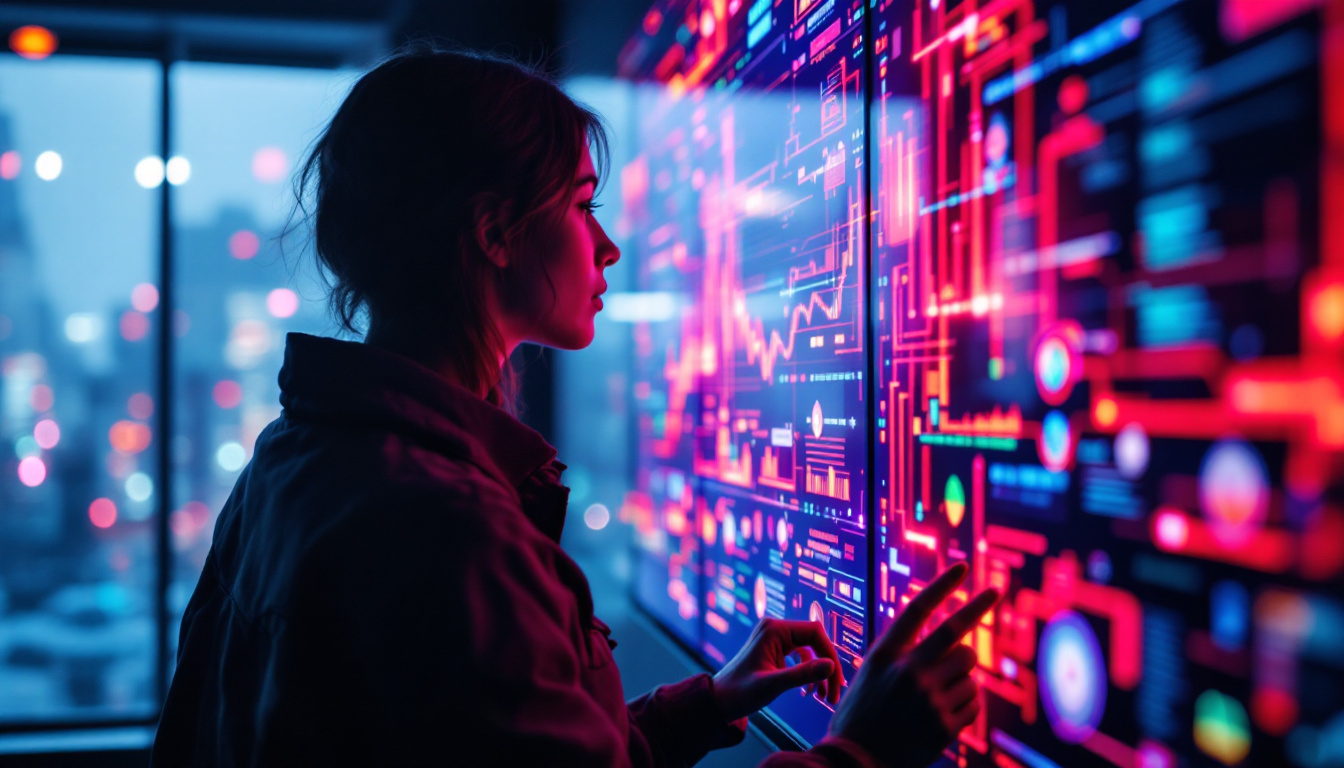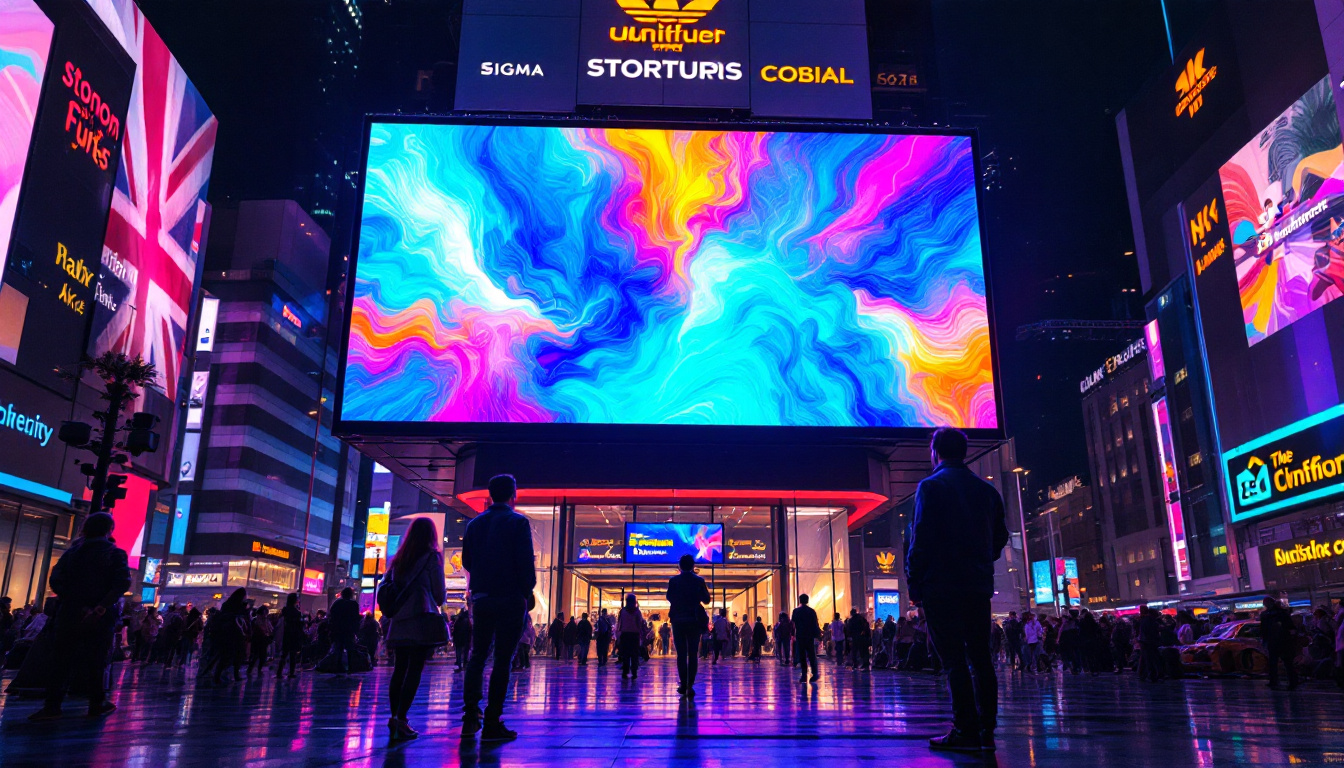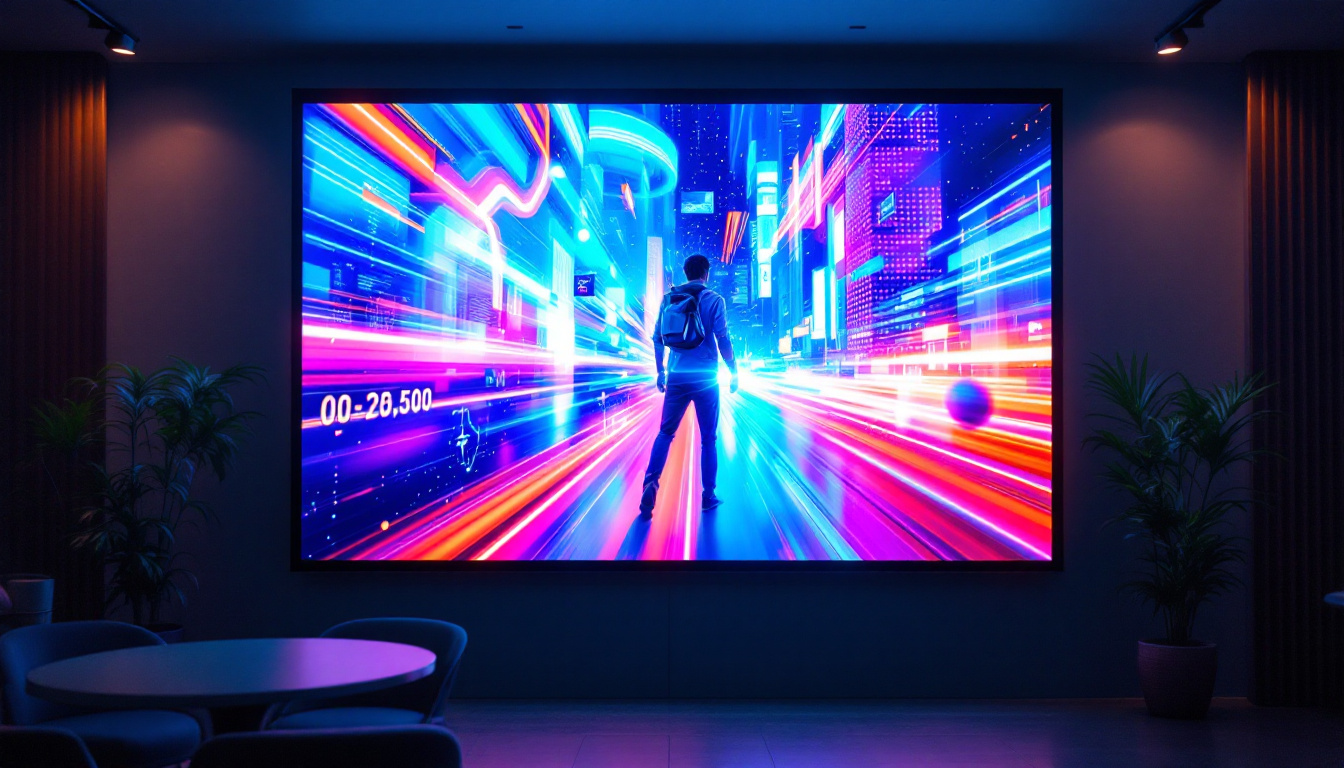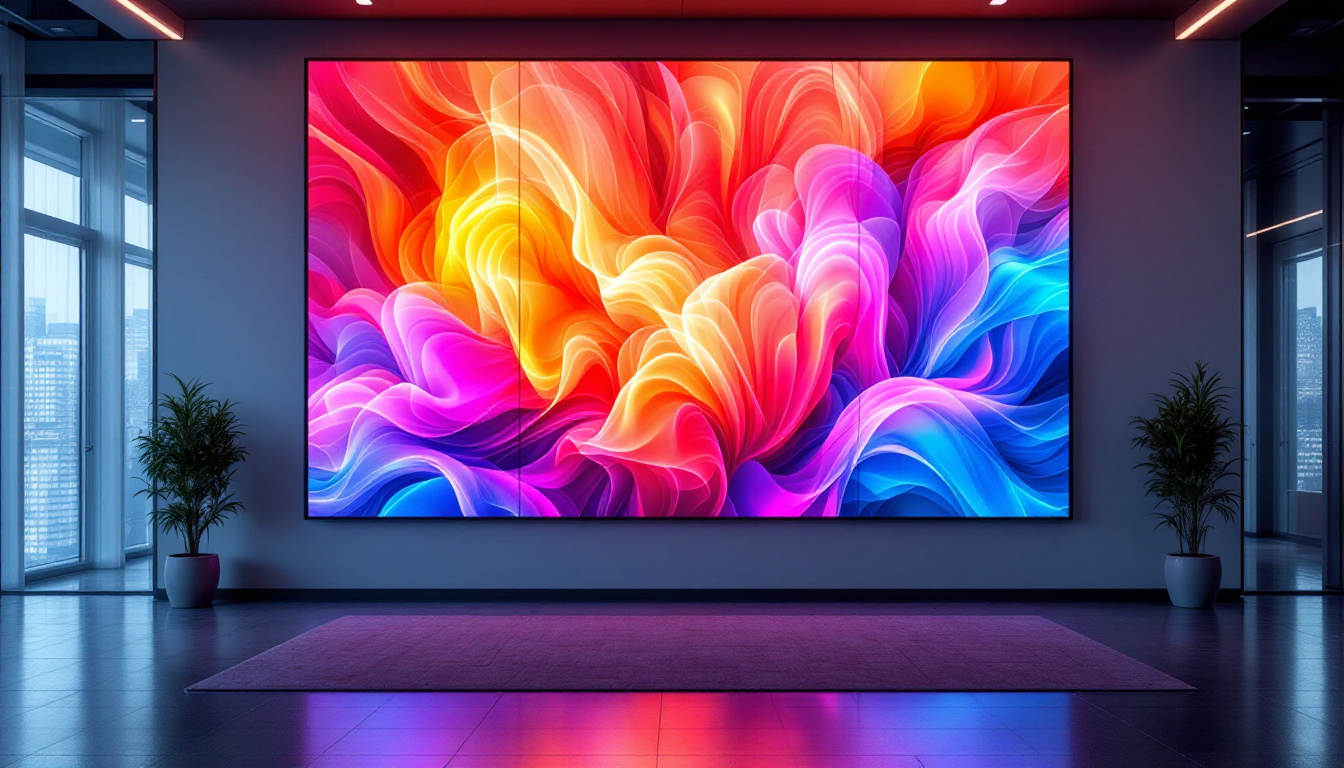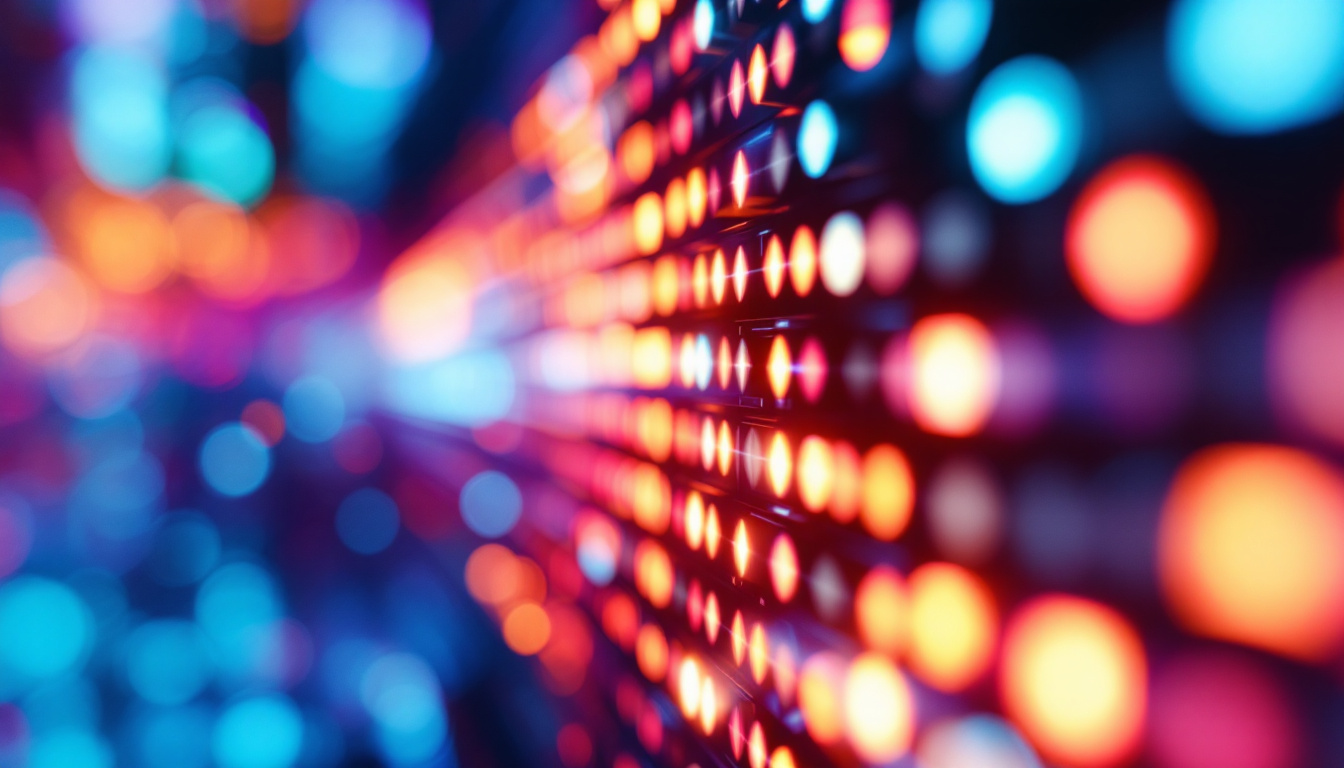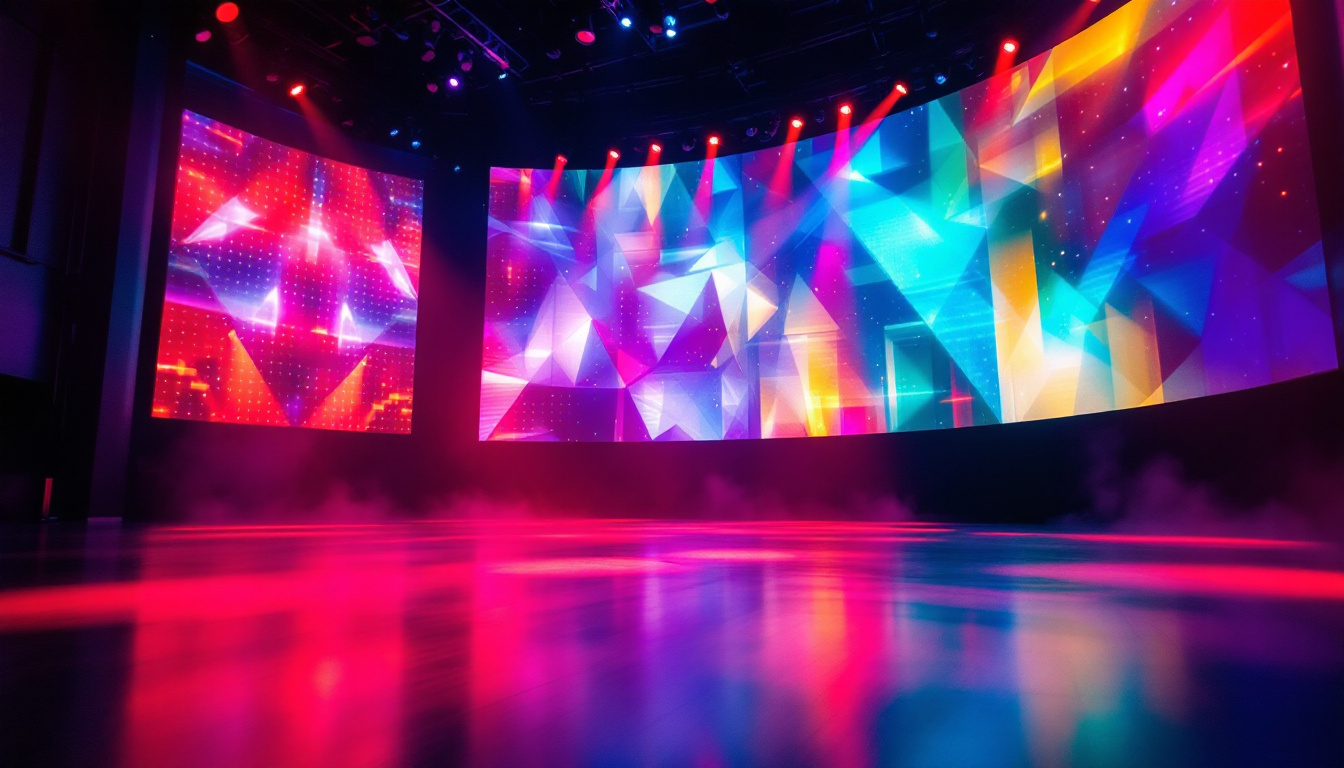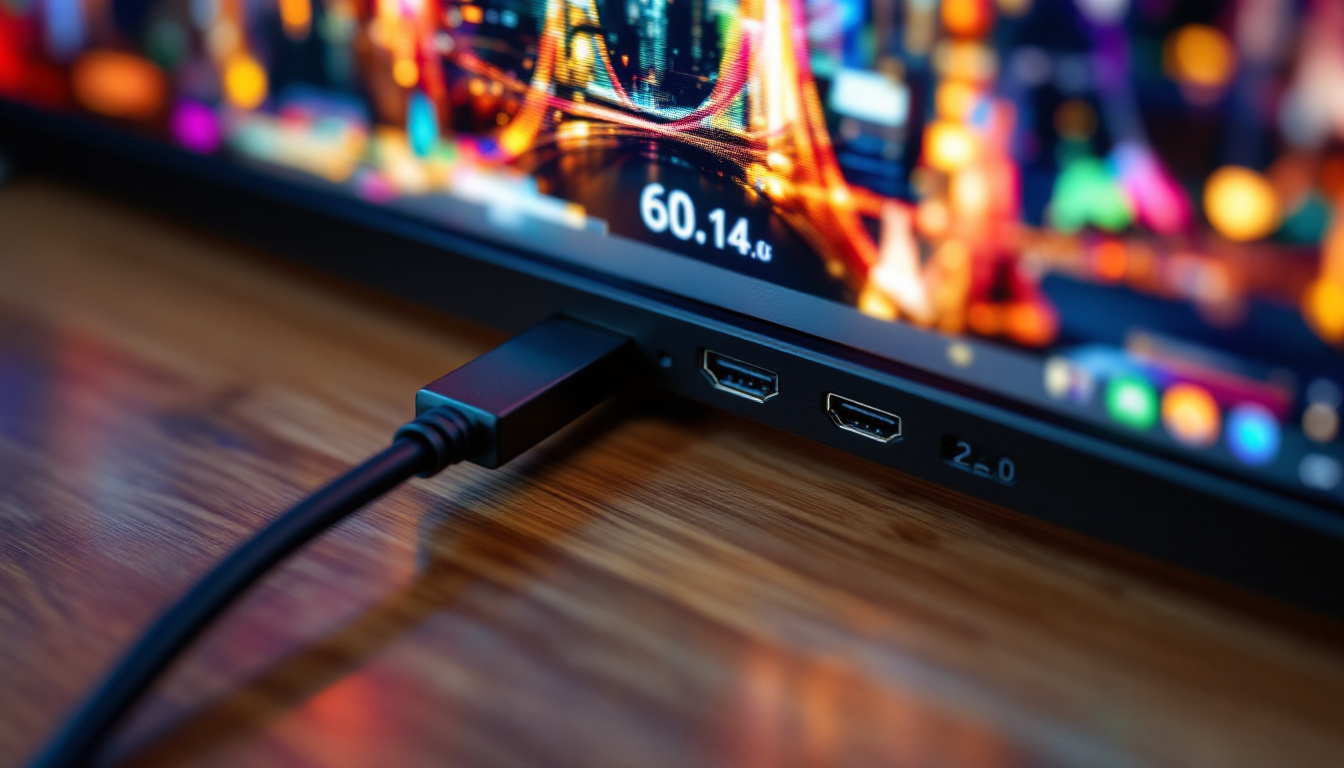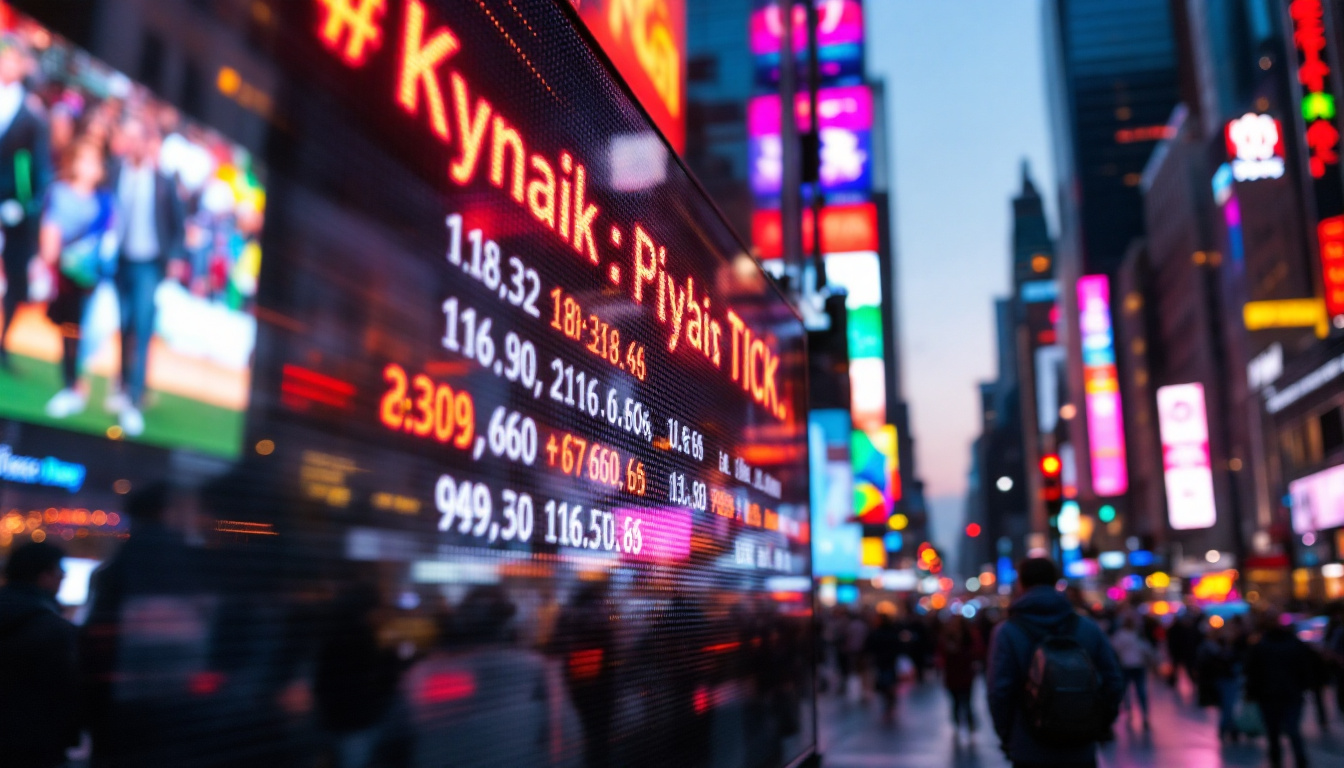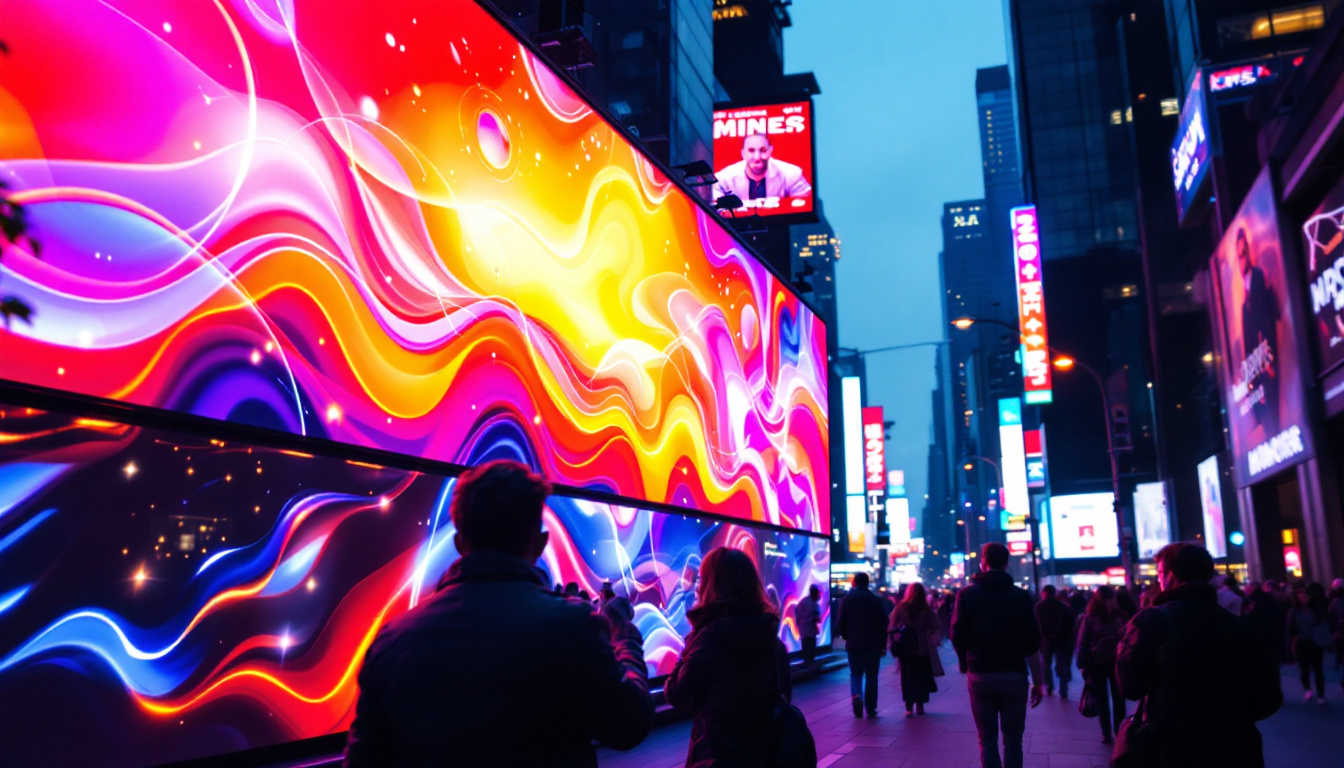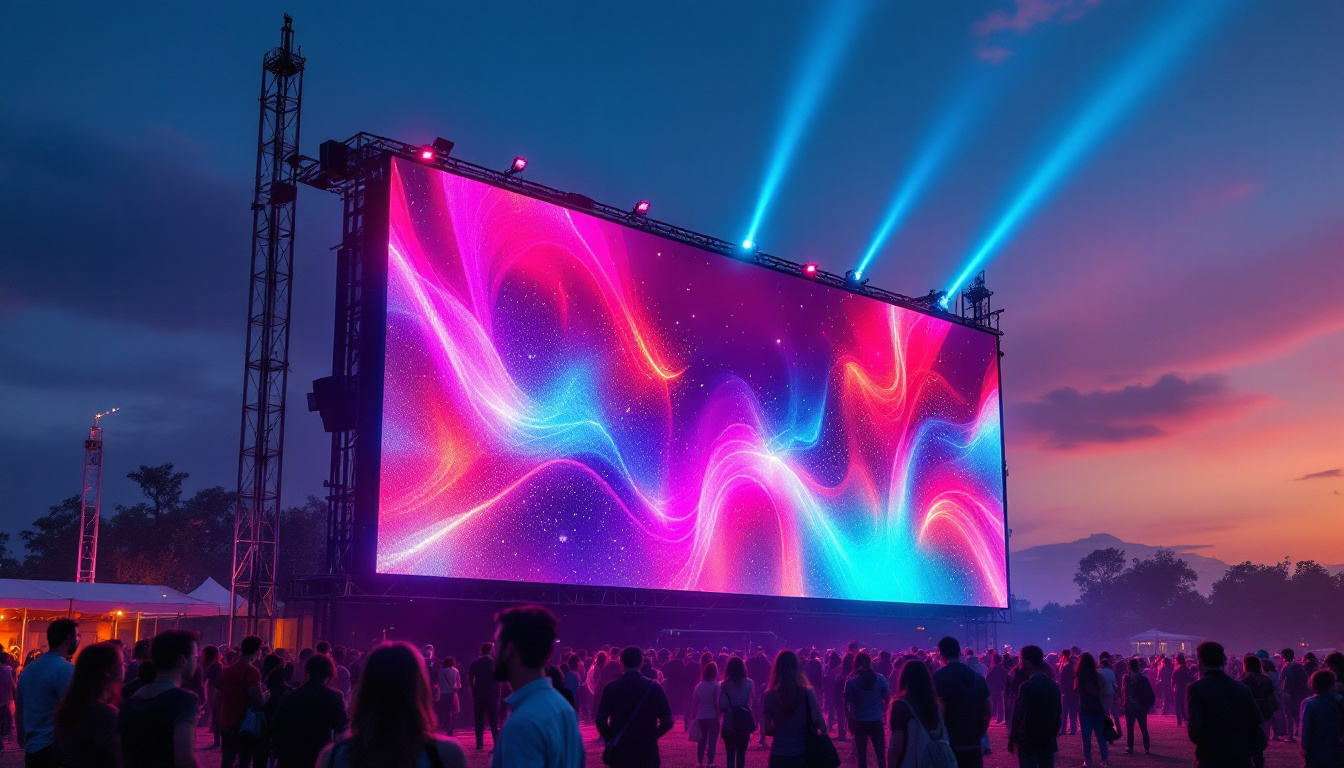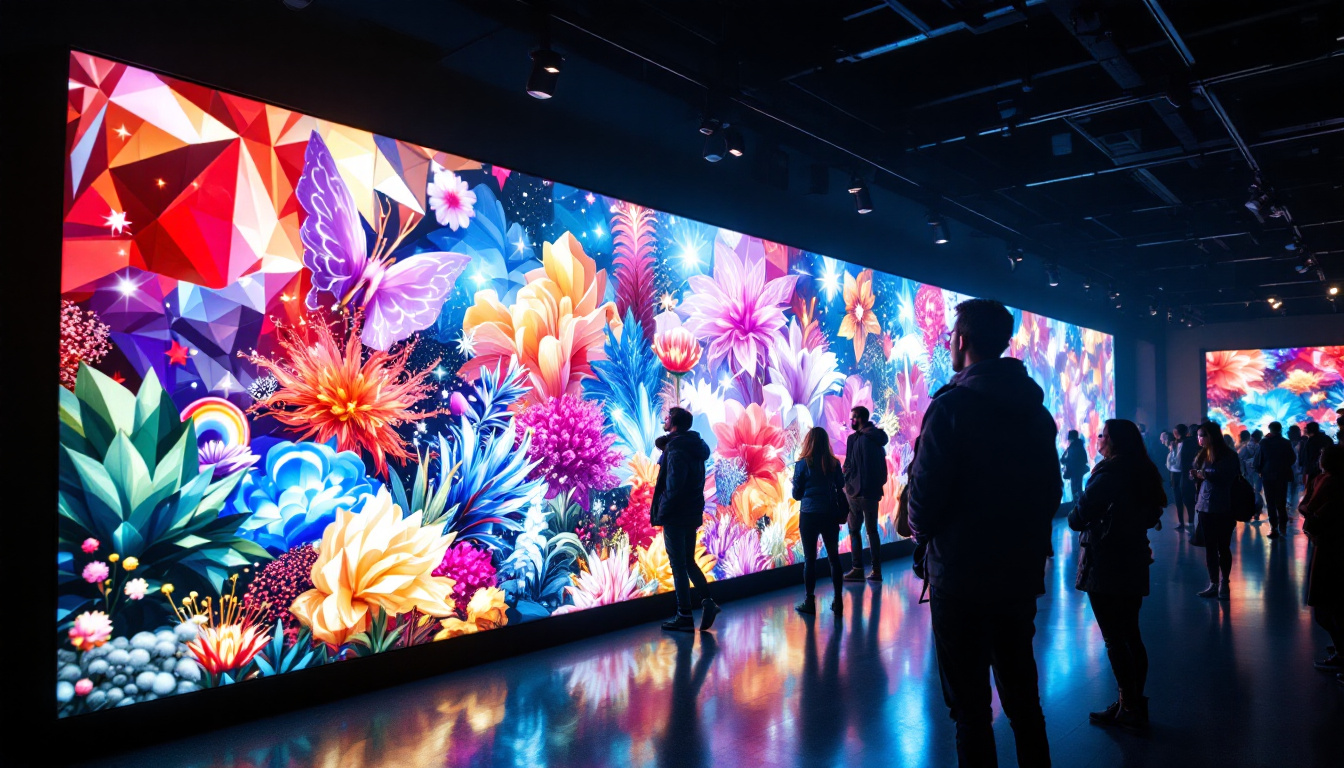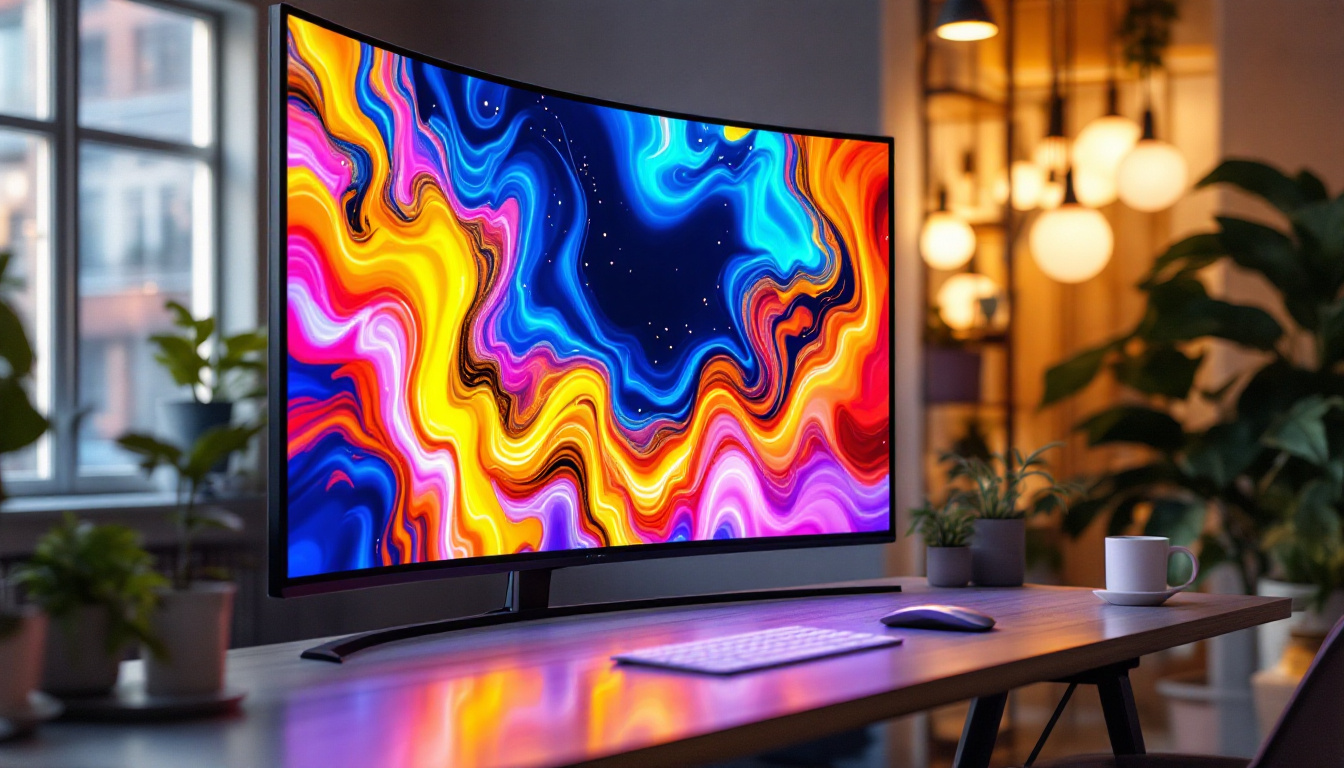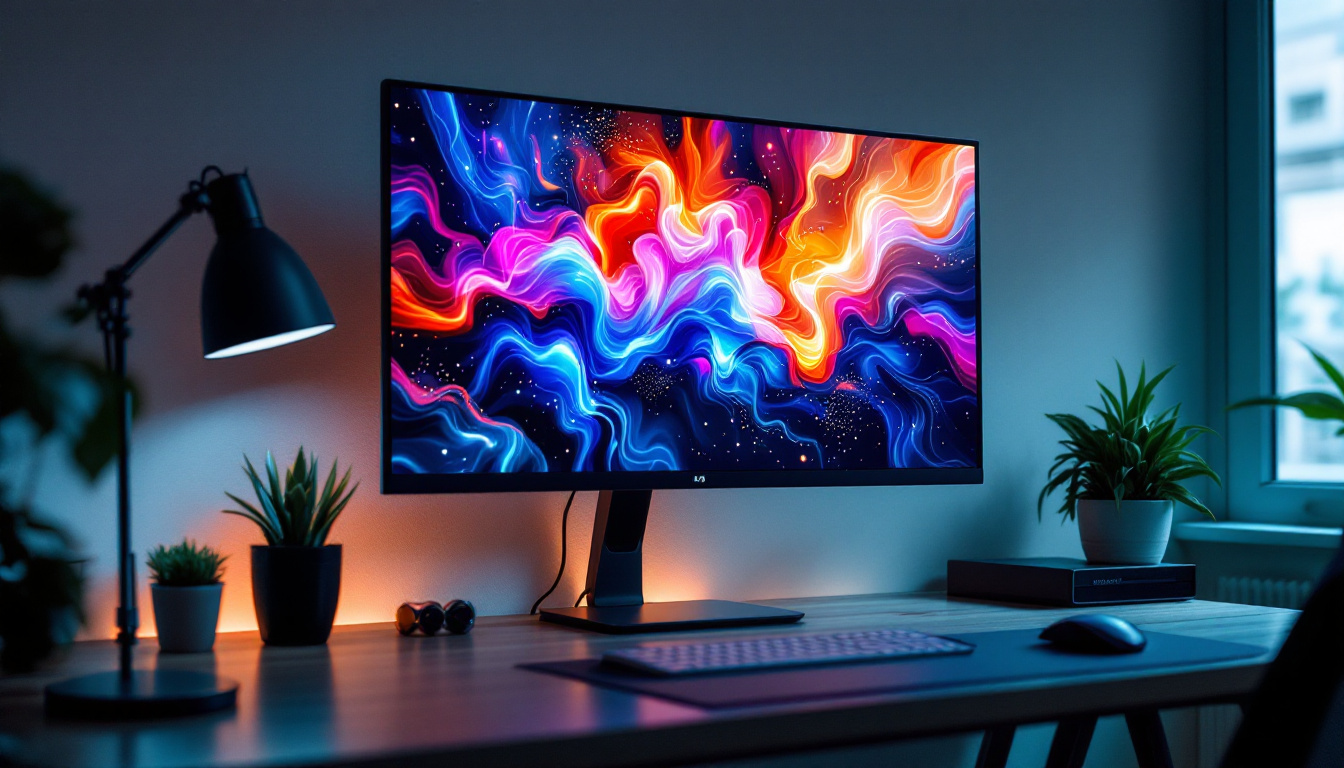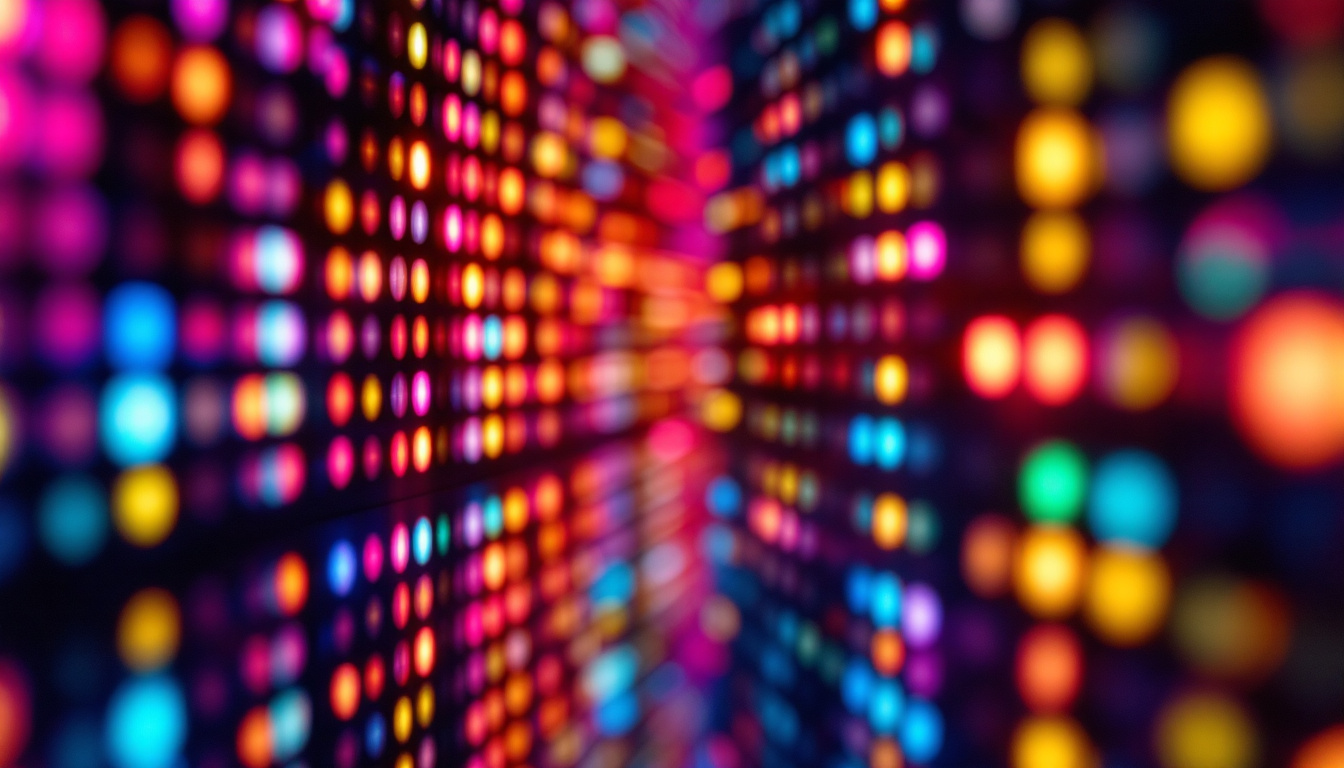In today’s fast-paced business environment, effective communication is essential for the success of any organization. Conference rooms play a pivotal role in facilitating discussions, presentations, and collaborative efforts among team members. One of the most significant advancements in conference room technology is the use of LED displays. This article delves into the best conference room setups featuring LED displays, exploring their benefits, types, and considerations for optimal use.
Understanding LED Displays
LED (Light Emitting Diode) displays have revolutionized the way information is presented in conference rooms. Unlike traditional projection systems, LED displays offer superior image quality, brightness, and energy efficiency. These displays are made up of tiny diodes that emit light, allowing for vibrant colors and sharp images. The technology behind LED displays has advanced significantly, making them more accessible and versatile for various applications, from corporate meetings to educational settings.
Advantages of LED Displays
LED displays come with a plethora of advantages that make them an ideal choice for conference room setups. One of the most notable benefits is their exceptional clarity and brightness. This ensures that visuals are easily visible even in well-lit environments, making them suitable for various settings. Additionally, the wide viewing angles offered by LED technology allow attendees seated at different positions in the room to enjoy the same high-quality visuals without distortion.
Moreover, LED displays are known for their durability and longevity. Unlike projectors, which may require frequent bulb replacements, LED technology can last for years without significant degradation in quality. This reliability translates to lower maintenance costs and less downtime during critical meetings. Furthermore, LED displays consume less power than traditional display technologies, contributing to energy savings and a reduced carbon footprint, which is increasingly important in today’s environmentally conscious business landscape.
Types of LED Displays
There are several types of LED displays available, each catering to different needs and preferences. The most common types include:
- Direct View LED: These displays consist of individual LED modules that can be assembled to create large screens. They are ideal for large conference rooms where a big visual impact is desired. This modularity allows for customization in size and shape, accommodating various room layouts and design aesthetics.
- LED Video Walls: Comprising multiple LED panels, video walls can display a single image or multiple feeds simultaneously. This versatility is perfect for collaborative environments. They can be utilized for everything from displaying presentations to showcasing live feeds from remote locations, enhancing the interactive experience.
- Interactive LED Displays: These displays allow users to interact with the content, making them excellent for brainstorming sessions and presentations that require audience participation. With touch capabilities, these displays can facilitate real-time collaboration, enabling teams to annotate, edit, and share ideas instantly, thus fostering a more engaging and productive meeting atmosphere.
In addition to these types, LED displays can also be categorized based on their pixel pitch, which refers to the distance between the individual pixels on the screen. A smaller pixel pitch results in a higher resolution and is ideal for close viewing distances, making it perfect for smaller conference rooms or settings where detailed visuals are crucial. Conversely, larger pixel pitches are suitable for larger venues where viewers will be seated farther away. This flexibility in design and functionality allows organizations to tailor their display solutions to meet specific needs and enhance the overall effectiveness of their presentations.
Designing the Perfect Conference Room Setup
Creating an effective conference room setup requires careful consideration of various factors, including the layout, technology, and overall ambiance. The integration of LED displays can significantly enhance the functionality and aesthetics of the space.
Layout Considerations
The layout of the conference room should promote engagement and collaboration. A U-shaped or boardroom-style setup encourages interaction among participants, while a theater-style arrangement is suitable for presentations. The placement of the LED display is crucial; it should be positioned at eye level and visible from all seating areas to ensure everyone can view the content comfortably.
Additionally, consider the distance between the display and the audience. A general rule of thumb is that the viewing distance should be approximately 1.5 to 2.5 times the diagonal size of the screen. This ensures that participants can see details clearly without straining their eyes.
Acoustic and Lighting Considerations
Acoustics play a vital role in the effectiveness of conference room communication. Hard surfaces can create echoes and distort sound, making it difficult for participants to hear each other. Incorporating sound-absorbing materials such as carpets, acoustic panels, and upholstered furniture can significantly improve sound quality.
Lighting is another critical aspect to consider. While LED displays are bright, ambient lighting can impact visibility. Using adjustable lighting fixtures allows for flexibility in creating the right atmosphere for various activities, from presentations to brainstorming sessions.
Integrating Technology for Enhanced Collaboration
In addition to LED displays, integrating other technologies can further enhance the conference room experience. Tools such as video conferencing systems, wireless presentation devices, and interactive whiteboards can facilitate seamless collaboration among remote and in-person participants.
Video Conferencing Solutions
With the rise of remote work, video conferencing has become a staple in many organizations. High-definition cameras and microphones should be strategically placed to capture clear audio and video during meetings. When combined with LED displays, video conferencing systems can create an immersive experience, allowing remote participants to feel as though they are part of the room.
Wireless Presentation Tools
Wireless presentation tools eliminate the hassle of cables and connectors, allowing participants to share their screens effortlessly. These tools enable seamless transitions between presenters and enhance the flow of information. When integrated with LED displays, they provide a smooth and professional presentation experience.
Best Practices for Using LED Displays in Conference Rooms
To maximize the benefits of LED displays in conference rooms, certain best practices should be followed. These practices ensure that the technology is used effectively and enhances the overall meeting experience.
Content Preparation
Preparing content specifically for LED displays can significantly improve the impact of presentations. High-resolution images, clear fonts, and concise text are essential for readability. Avoid cluttering slides with excessive information; instead, focus on key points that can be elaborated upon during discussions.
Additionally, consider using a consistent design theme throughout the presentation. This not only enhances visual appeal but also helps maintain audience engagement. Utilizing templates can streamline this process and ensure a professional look.
Regular Maintenance and Updates
Regular maintenance of LED displays is crucial to ensure optimal performance. This includes cleaning the screens, checking connections, and updating software as needed. Keeping the displays in top condition will prevent technical issues during important meetings.
Furthermore, staying updated with the latest features and capabilities of the LED display technology can enhance its usage. Many manufacturers offer software updates that improve functionality and introduce new features, making it worthwhile to keep abreast of these advancements.
Cost Considerations for LED Displays
While LED displays offer numerous benefits, it’s essential to consider the cost associated with their implementation. The initial investment can be significant, but the long-term savings in maintenance and energy efficiency can offset these costs over time.
Budgeting for LED Displays
When budgeting for an LED display, organizations should consider not only the purchase price but also installation costs, maintenance, and potential upgrades. It’s advisable to conduct a thorough cost-benefit analysis to determine the return on investment (ROI) for the technology.
Additionally, exploring financing options or leasing arrangements can make the acquisition of high-quality LED displays more manageable for organizations with budget constraints. This approach allows businesses to benefit from the latest technology without a substantial upfront expense.
Choosing the Right Vendor
Selecting the right vendor for LED displays is crucial to ensure quality and support. Organizations should research potential suppliers, looking for those with a proven track record in providing reliable products and excellent customer service. Reading reviews and seeking recommendations can help in making an informed decision.
Furthermore, consider vendors that offer comprehensive support services, including installation, training, and ongoing maintenance. A strong partnership with the vendor can enhance the overall experience and ensure that the technology is utilized to its fullest potential.
Future Trends in Conference Room Technology
The landscape of conference room technology is constantly evolving, and LED displays are at the forefront of these changes. As technology advances, several trends are emerging that will shape the future of conference room setups.
Increased Interactivity
Future LED displays are expected to incorporate more interactive features, allowing participants to engage with the content in real-time. Touchscreen capabilities and integration with collaboration software will enable seamless brainstorming sessions and enhance the overall meeting experience.
Moreover, augmented reality (AR) and virtual reality (VR) technologies are likely to become more prevalent in conference rooms, providing immersive experiences that foster creativity and innovation. These technologies can transform traditional presentations into dynamic interactions that captivate audiences.
AI Integration
Artificial intelligence (AI) is set to play a significant role in the future of conference room technology. AI-powered tools can analyze meeting data, provide insights, and even automate tasks such as scheduling and note-taking. This integration will streamline processes and allow participants to focus on meaningful discussions rather than administrative tasks.
Conclusion
In conclusion, the integration of LED displays in conference room setups has transformed the way organizations conduct meetings and collaborate. With their superior image quality, durability, and versatility, LED displays offer numerous advantages that enhance communication and engagement.
By carefully considering layout, technology integration, and best practices, organizations can create conference room environments that foster creativity and productivity. As technology continues to evolve, staying informed about emerging trends will ensure that conference rooms remain effective spaces for collaboration and innovation.
Investing in the right LED display setup is not just about enhancing visual communication; it’s about creating a dynamic environment that empowers teams to thrive in today’s competitive landscape.
Discover the Future of Conference Room Displays with LumenMatrix
Ready to elevate your conference room experience? LumenMatrix is at the forefront of LED display innovation, offering a wide array of solutions that cater to every need—from Indoor and Outdoor LED Wall Displays to specialized options like Vehicle, Sports, and Floor LED Displays. Our mission is to transform your visual communication, ensuring your message resonates with clarity and impact. Don’t just meet the standard; set it. Check out LumenMatrix LED Display Solutions today and step into the future of engaging, dynamic presentations.

